Jack Nisbet
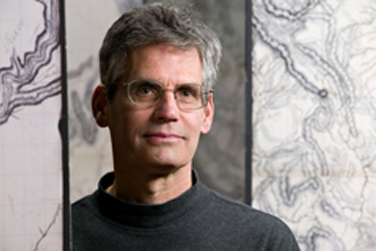
Dean Davis photo.
Teacher, Naturalist, and Author
Jack Nisbet’s book, David Douglas: A Naturalist at Work, is a collection of essays that both provide historical context for Douglas’s journeys and relate them to the modern landscape. A museum exhibit of the same name, curated by Nisbet and his wife Claire, ran at the Northwest Museum of Arts and Culture in Spokane and the Washington State Historical Society Museum in Tacoma.
Nisbet’s Sources of the River: Tracking David Thompson Across Western North America (Seattle: Sasquatch Books, 1994, new edition 2007.), helped ignite the ongoing wave of interest in the phenomenal life and achievements of the long forgotten Canadian explorer who mapped much of the northwest quarter of North America. His energetic, penetrating literary style brings history alive by merging meticulous scholarship into his own personal engagement with the vast land which Thompson trod 200 years ago. Sources of the River received the Murray Morgan Prize in Northwest regional literature.
Visible Bones: Journeys Across Time in the Columbia River Country (Seattle: Sasquatch Books, 2003) is a collection of twelve essays, each focusing on a single landmark or wildlife species as experienced by the Plateau tribes and seen briefly by Thompson, Lewis and Clark (the condor, tobacco smoking rituals, smallpox epidemics), David Douglas, John Kirk Townsend, and other early travelers in the region.
In 2005 his richly illustrated narrative, The Mapmaker’s Eye: David Thompson on the Columbia Plateau (Pullman: Washington State University Press, 2005), was named by the American Library Association as one of the year’s “Best of the Best” university press publications. It was written in conjunction with an exhibit about David Thompson by the Northwest Museum of Arts and Culture in Spokane, Washington, which was on display from October 2005 until September 2006.
His latest book, Ancient Places: People and Landscape in the Emerging Northwest, is “an assemblage of nonfiction stories about the interplay between people and the landscape where they happen to live.” (from front cover inset)
In addition, Nisbet has written Purple Flat Top (Seattle: University of Washington Press, 2011), of which novelist Ivan Doig wrote, “In Jack Nisbet, an unsung corner of the West has found its troubadour. His north-of-Spokane tales of disgusted dairymen and hopeful miners, of white ravens and dancing grouse, ring with the spirit of the legend of the Sky People.”Singing Grass, Burning Sage (Portland, Oregon: Graphic Arts Center Publishing, 1999) won a silver medal in the Environmental category of Fore Word Magazine‘s Book of the Year awards in 2000). Through the words of tribal people and early visitors, enhanced by brilliant color photographs, Nisbet uncovers the teeming life that irrigation has nourished in the essentially barren Columbia Basin.Jack lives with his wife and two children in Spokane, Washington. More information is available at www.jacknisbet.com.
Contributions
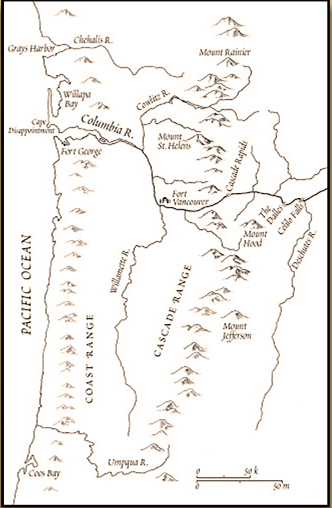

Douglas recognized landmarks from Vancouver’s and William Clark’s maps as soon as he sighted Cape Disappointment at the Columbia River’s fearsome bar. The collector continued to name familiar sentinels as he moved inland including “Mount Jefferson of Lewis and Clarke.”
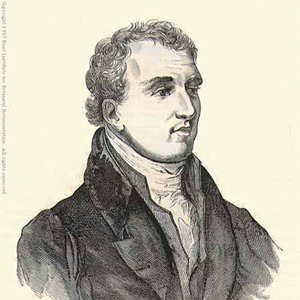

No other botanical explorer in western North America is more famous than David Douglas. His name is associated with hundreds of western plants, and may also be found on mountains, rivers, counties, schools and even modern-day streets.
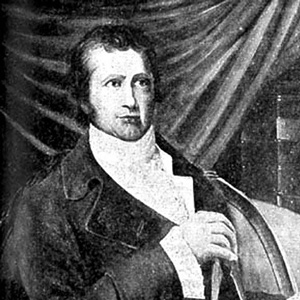

The life and times of these three explorers intertwined in a number of odd and interesting ways, often brought together by far-reaching hand of Thomas Jefferson. Tracing these connections opens a window onto every conceivable aspect of the period.
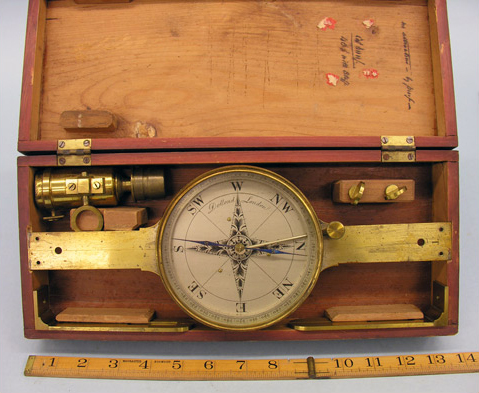
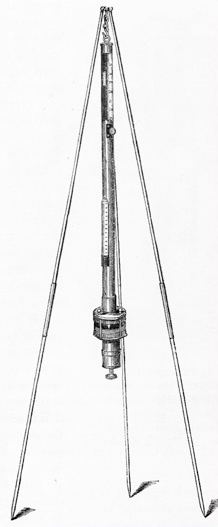
As Douglas and surveyor George Barnston set up their instruments, the pair would have been well aware that they were repeating observations taken by the Corps of Discovery in 1805 and by David Thompson in 1811.
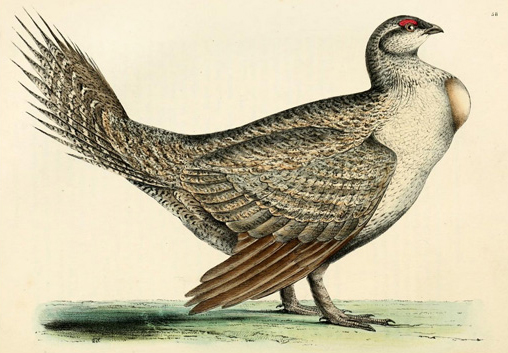

David Douglas returned to England with many hundreds of flora and fauna specimens to process. During his stay he wrote or contributed to more than a dozen scientific papers, several of which build on the seminal first collections of Lewis and Clark.
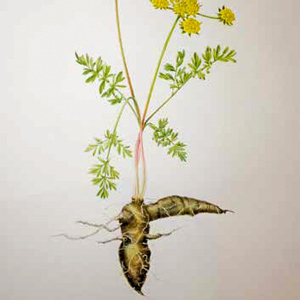

Columbia plateau biscuitroots: “one of the grateful vegetables” by naturalist Jack Nisbet. An Indian food source for thousands of years.
Experience the Lewis and Clark Trail
The Lewis and Clark Trail Experience—our sister site at lewisandclark.travel—connects the world to people and places on the Lewis and Clark Trail.
Discover More
- The Lewis and Clark Expedition: Day by Day by Gary E. Moulton (University of Nebraska Press, 2018). The story in prose, 14 May 1804–23 September 1806.
- The Lewis and Clark Journals: An American Epic of Discovery (abridged) by Gary E. Moulton (University of Nebraska Press, 2003). Selected journal excerpts, 14 May 1804–23 September 1806.
- The Lewis and Clark Journals. by Gary E. Moulton (University of Nebraska Press, 1983–2001). The complete story in 13 volumes.

